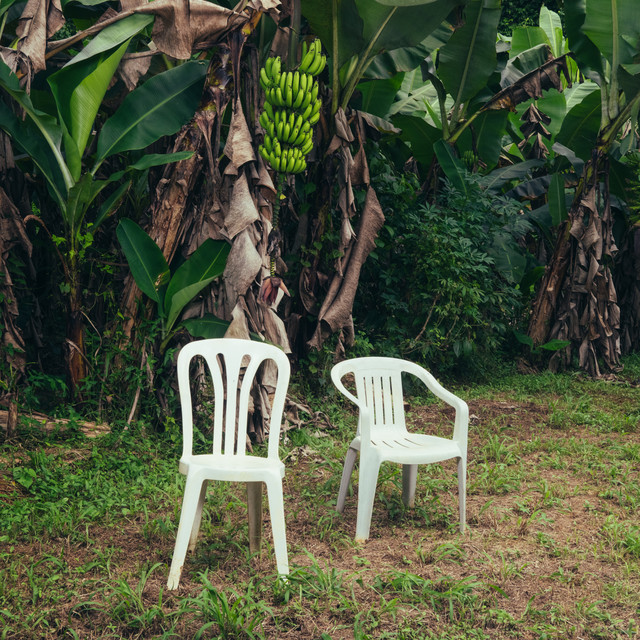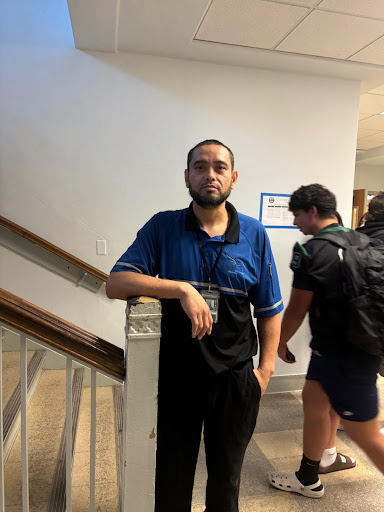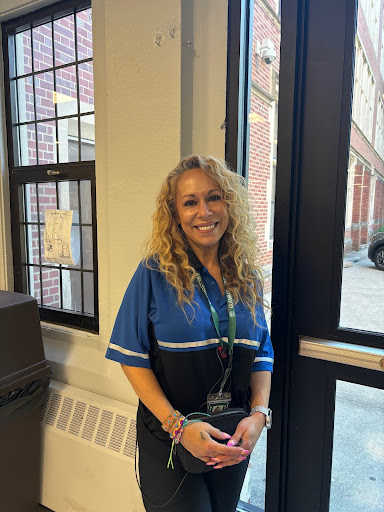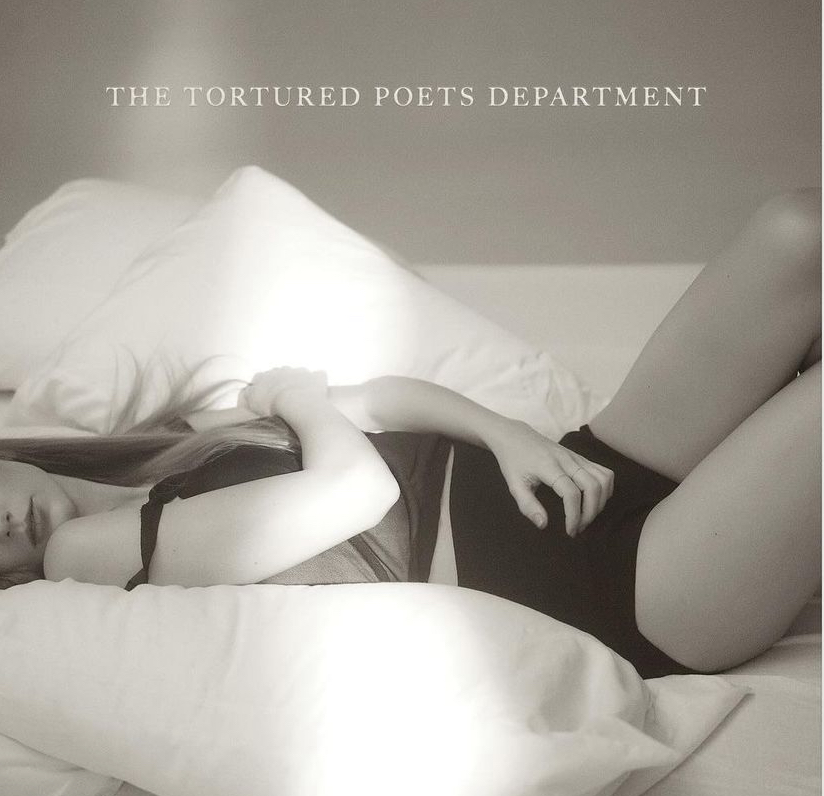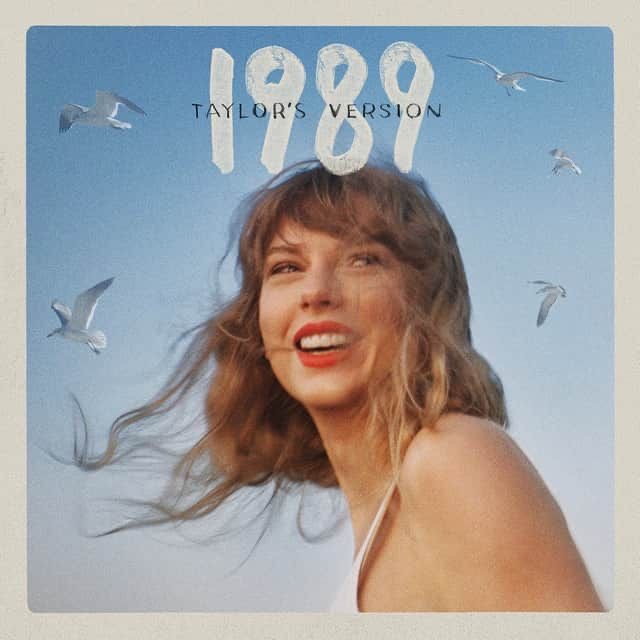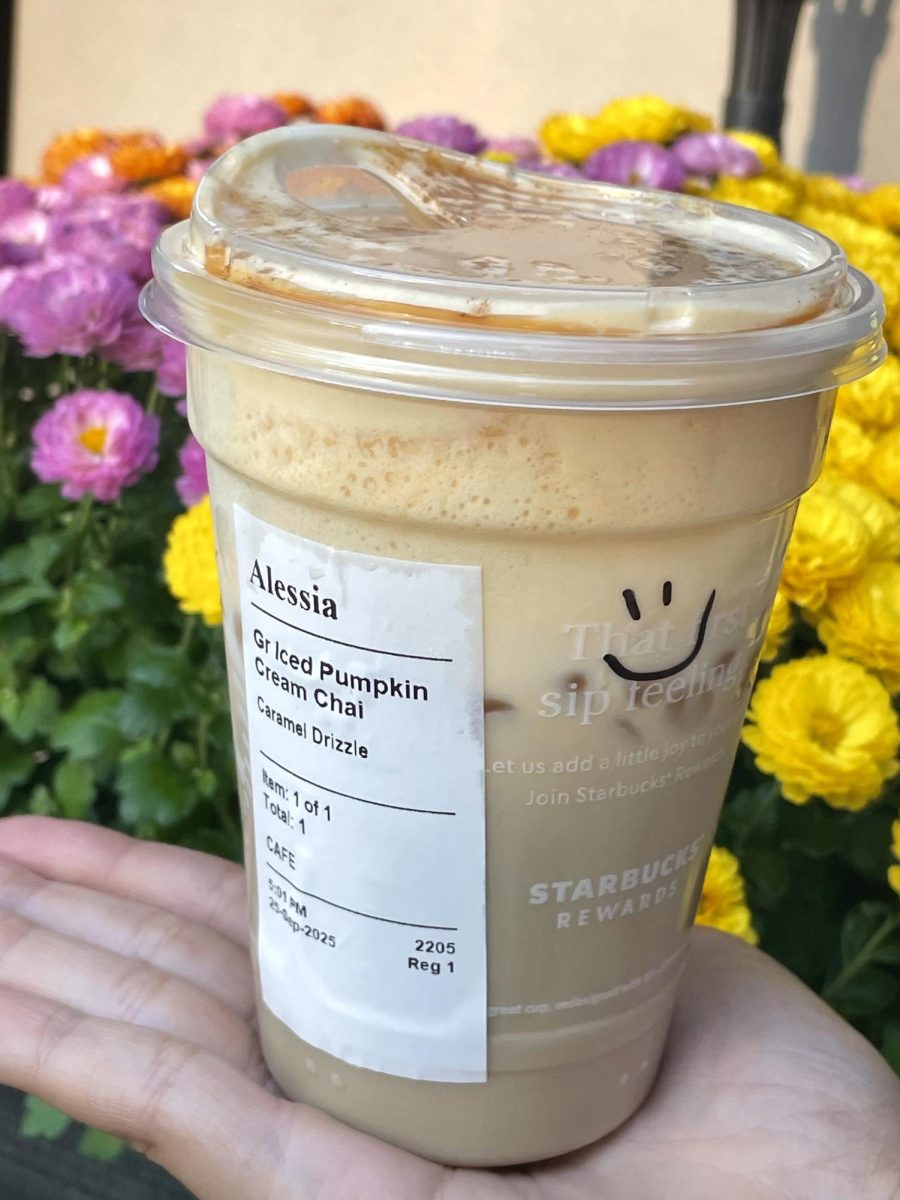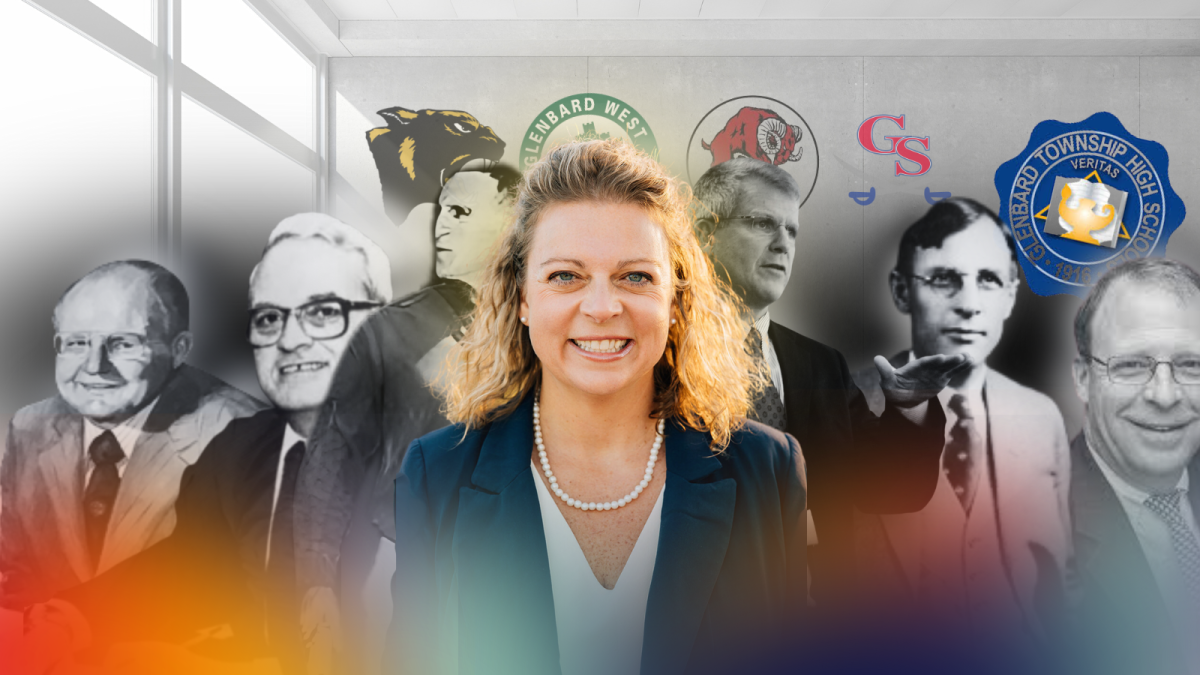
Gentrification. Everyone’s heard of the word, but not everyone understands how it works. Though many believe it to be the “Americanization” of cultural aspects, gentrification actually refers to the process in which wealthy individuals move to a certain area in hopes of savoring the amenities and opportunities it offers in the process.
A very common, almost inevitable step of this process is the displacement of the original residents of the area, who oftentimes are unable to keep up with the growing demand and price in what was once their gate kept home.
What makes gentrification so controversial isn’t just its classist tendencies, though— it’s the fact that gentrification often targets low-income, ethnic neighborhoods, which contributes to the snuffing out of the local community’s cultural values in the process.
It’s not just the physical removal of people; it’s destroying the once thriving soul of vibrant neighborhoods or cities, and it makes many angry. On a broader scale, gentrification can also affect entire countries, especially those that offer the “nice things in life,” which often rely on a heavy stream of money from tourism.
Our case study for today will focus on Puerto Rico, the source of beaches, oceanfront properties, and of course, the inspiration for Bad Bunny’s newest album.
Bad Bunny, a proud Puerto Rican, released his latest album, Debí Tirar Más Fotos, on January 5, 2025. He’s an artist who’s seen explosive success in recent years. Though his past albums have had more rebellious music and lyrics that you wouldn’t want to (and shouldn’t) listen to with your mom in the room, his recent work takes a more wholesome turn and stands as an homage to Puerto Rico. It doesn’t address a wholesome issue, though. It intertwined the island’s rich musical heritage with pressing socio- economic issues on the island, namely gentrification.
An Homage to Puerto Rico’s Tunes
In this sixth studio album, Bad Bunny delved into traditional Puerto Rican genres like plena, jíbaro, and perhaps most notably salsa. He blended these traditional, old-school sounds with the more contemporary reggaeton and house music, which are easily recognizable by many youths nowadays.
This fusion not showcased his versatility in making music, especially when compared to his past albums more “pop” approaches, but also served as a vessel to express his deep connection with his homeland. Though he is now globally famous, the Puerto Rican artist had repeatedly expressed pride in his heritage, often shouting out his fellow “boricuas” in his concerts and shows.
Addressing Gentrification Through Music and an Animated Frog
There’s no doubt this album is a form of activism against impeding tourism and an unwanted need to cater to and pamper the rich that affects many Latin American countries, not just Puerto Rico. The thing with LATAM (short for Latin America) is that its hospitable environment and people draw in many wealthy clientele looking for a place to escape the realities of living in the hustle of the U.S. After all, who wouldn’t want luxury in a tropical setting?
Puerto Rico specifically is known for its very laid-back style of living and strong national connectivity. There isn’t quite the split among people you’d see in larger and more diverse countries like Mexico; due to its size, Puerto Ricans from the west to east coast of the island are always near each other and share lots of cultural and geographic similarities, bringing the island’s inhabitants very close together like a giant family.
With more and more people coming in and exploiting the beauty of their home, disappointment has been widespread. Bad Bunny took this observation and used it as inspiration for this album. Specifically, a standout track “Lo Que Le Pasó a Hawaii” (What Happened to Hawaii), parallels Puerto Rico’s current trajectory with Hawaii’s historical experience- overdevelopment and cultural erosion (thanks, Dole). The song critiques the influx of affluent outsiders leading to rising living costs and displacement of local communities— a phenomenon that has been alarmingly rampant and familiar in both islands. By incorporating Hawaiian “lelolai” melody, Bad Bunny reinforced the call to preserve Puerto Rican cultural identity befores it becomes as oversaturated by gentrification as Hawaii did in the last century.
It is important to note that the album has a short film meant for listeners to watch before diving into the music to understand the context of the album. The video takes place in a Puerto Rican village where an old man lives rather peacefully with his frog companion “Concho.” Throughout the video, the old man reminisces on his earlier life, often stating that he misses the “old” Puerto Rico as everything is now globalized and unseasoned.
After chatting it up with Concho, he decides to grab lunch at a local Puerto Rican restaurant in search of a homey meal. What he doesn’t realize is that his favorite corner deli has fallen victim to gentrification; what should’ve been a cheap and unassuming meal has dramatically risen in price.
Not only has the price risen, everything is off— the workers, the clientele, the lack of cash and implementation of a digital payment system, the “vibes.” They are all snobby and unwelcoming, and very clearly on the other side of gentrification: newcomers and tourists.
The old man is crushed to see a once lively place now all gray and dead, at least in his Puerto Rican lens, but he could at least say the cashier offered him a seven dollar vegan empanada. Having no digital way of paying, he is turned away until a kind soul pays for his food, exclaiming “Seguimos Aqui” (we’re still here).
Shocked, he goes back and tells the frog, who devours his lunch while hearing the old man further yearn for the soul of Puerto Rico’s culture to revive.
The frog himself, Concho, is another interesting point to the story. Besides his name, his design is based on a Sapo Concho, the only species of toad native to Puerto Rico. The species is critically endangered, but alas remains, and has since become somewhat of a symbol of perseverance among a changing environment in the eyes of Puerto Ricans.
The implementation of this character, who besides serving as comedic relief and a funny visual, is a nod to having to stay true to yourself and perseverance despite the changes you may see in what you are used to or comfortable with.

Political Commentary
Beyond musical innovation and criticizing the “whitewashing” of the island, Debí Tirar Más Fotos serves as a cultural manifestó to Puerto Ricans and others whose homeland is being changed and exploited for the benefit of wealthy few to reconnect with their roots.
The album resonated strongly with younger generations, especially in its Latin American audience, as seeing their people struggle and suffer in their own country while seeing a lucky few reap the benefits of their labor is something very disappointing, and also very common. It inspires social reform reminiscent of past protests advocating for the island’s autonomy and rights for its people and resistance against external exploitation.
Its anger against uneven development in Puerto Rico is evident, and reflects a desire for more just decisions on the island, as the people these urban renewal decisions most affect are its longtime inhabitants, who often express sadness when asked what they feel about what is happening to their beloved island.
Global Reception
The album’s authenticity and storytelling has garnered critical acclaim, with Rolling Stone describing it as a “homegrown, jubilant, and fresh” project that solidifies Bad Bunny’s artistic reputation and hopes for fair opportunity for his people. Commercially, it debuted at number one of the US Billboard 200, marking his fourth chart-topping album.
The album’s success was contagious, with its songs often being heard in atmospheres of all types due to its versatility. Its successes are inarguable. The music was catchy as usual, but the lessons its stories tell and desire for cultural preservation are what is truly worth remembering and embracing.
